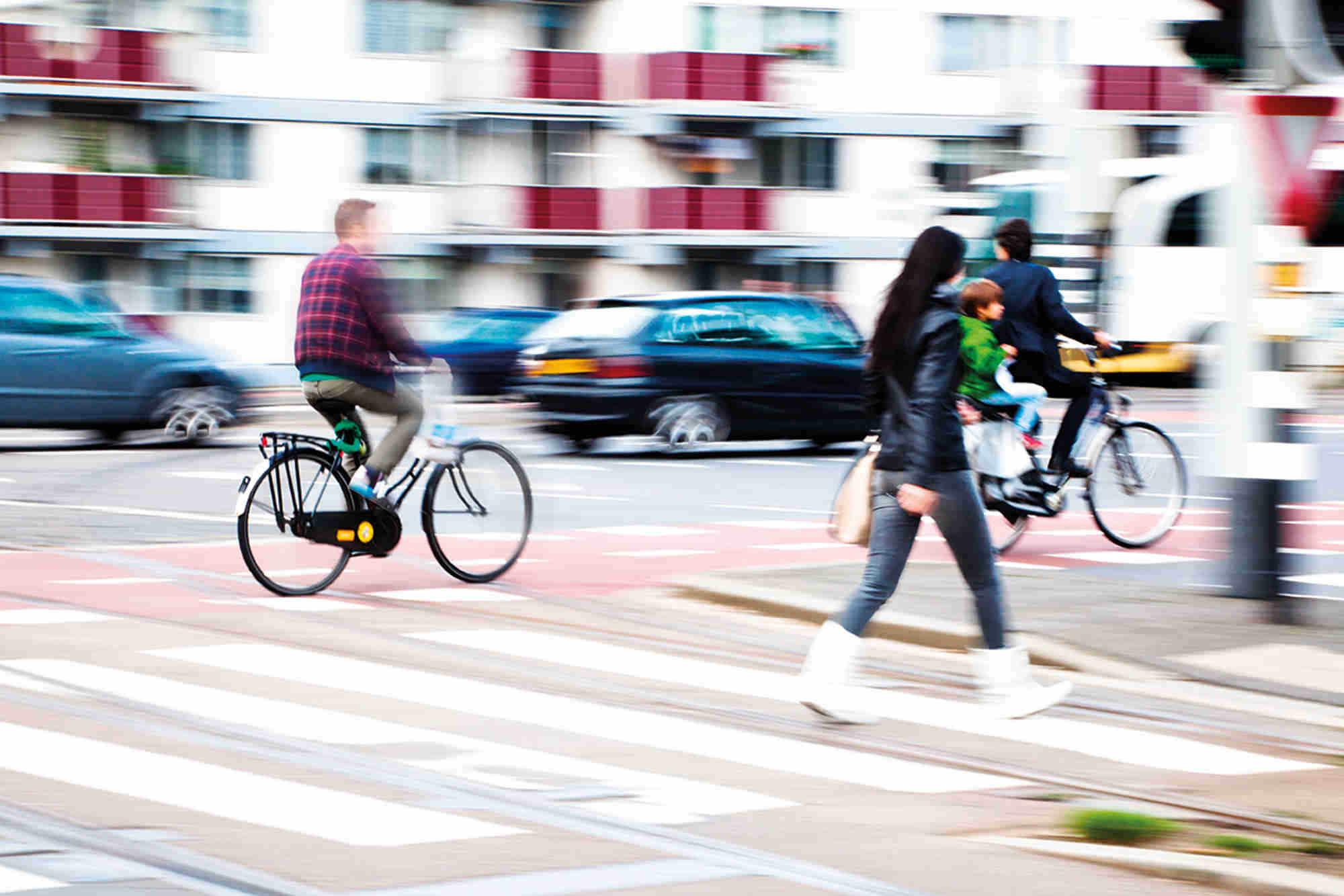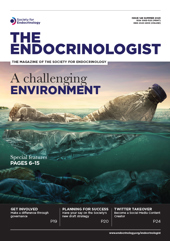FIRST PUBLISHED IN ISSUE 120 (2016)
Physical inactivity is a major contributor to morbidity and mortality around the globe, not only through an increased risk of diabetes, but also through heart disease, stroke, cancer, dementia, depression and arthritis. Inactivity is estimated to account for 9% of premature deaths worldwide.1
This knowledge, however, does not seem to have been translated into effective action. More than a third of adults in the UK report not doing the minimum amount of physical activity recommended for health by the Chief Medical Officers, despite a range of campaigns aimed at educating or cajoling the public into getting active. Evidence suggests these individually targeted approaches often produce modest and short-lived improvements at best – an underwhelming result given the magnitude of the challenge.
Most of the world’s population now live in cities, with the global urban population expected to grow by nearly 2% per year until 2020. There is good evidence that the urban form influences physical activity or inactivity: in particular, whether people use active or motorised forms of transport. This suggests that changing the built environment could produce broader, more sustained effects on physical activity across the population than individually targeted approaches. Research suggests that changes such as introducing traffic calming or road user charging, or building dedicated walking and cycling routes, can increase levels of walking and cycling for transport, and thus physical activity. However, strong evidence to guide practice has been slow to emerge.2
SEEKING REAL WORLD ANSWERS
‘…changes such as introducing traffic calming or road user charging, or building dedicated walking and cycling routes, can increase levels of walking and cycling for transport, and thus physical activity.’
The lack of evidence reflects the difficulty of conducting research in this emerging field at the intersection of transport and health, which draws scientists out of the sterile confines of the laboratory into the messy world of real lives and political agendas. Robust science to understand the effect of changes in the built environment on changes in behaviour and health depends on using creative methodological approaches to extend the repertoire beyond the stalwart of clinical research, the randomised controlled trial (RCT).
RCTs entail randomised controlled comparisons over time, and are generally agreed to be the best way to identify whether a treatment causes an effect. However, real world ‘treatments’ which have the potential to affect health, but which are not amenable to randomisation, happen all the time. Examples include banning smoking in public places, alcohol taxation or congestion charging. The effects of these ‘treatments’ can and should be investigated, not least because the underpinning policy should be guided by evidence. Recent Medical Research Council (MRC) guidance calls for the use of natural experimental studies, typically involving non-randomised controlled comparisons over time, to generate stronger evidence of the effects of environmental and policy changes.3
RESEARCH IN PRACTICE
As part of the Centre for Diet and Activity Research at the MRC Epidemiology Unit in Cambridge, our Physical Activity and Public Health research programme has used the natural experimental approach to evaluate the effects of new transport infrastructure on active travel and physical activity. This has included the assessment of a new ‘guided busway’ in Cambridge, comprising a new bus network, park and ride sites and a traffic-free path for pedestrians and cyclists, as well as new dedicated cycling and walking routes in other UK cities, and a new urban motorway built through a residential area of Glasgow.
The first two studies have shown that building new walking or cycling infrastructure facilitates these behaviours in those living nearby.4,5 In the busway study, the effects of the new provision were particularly pronounced amongst those who were previously the least active – the group with the most potential health gain from taking up more activity. Findings from the motorway study, which investigates effects on travel, physical activity and well-being, are expected to be released later in 2016 (see below for a 2023 update on this study).
ADDRESSING LIMITATIONS
A key limitation of natural experimental studies is that the lack of randomisation increases the possibility that comparison groups differ in ways that affect their response to treatment, which might bias estimates of the treatment effect. Therefore, all three studies were carefully designed to ensure that comparison groups were as similar as possible apart from their exposure to the intervention, to minimise this inherent risk of bias.
This entailed comparing people who lived nearer to or farther from the new infrastructure, and accounting for differences in individual, geographical or household characteristics. Additionally, in the motorway study, three geographical areas were carefully delineated around the new motorway, an existing motorway built decades earlier, and an area with no motorway, to provide additional comparisons.
Over time, these studies – conducted in a range of contexts, including people from various socio-economic backgrounds, and examining different types of transport infrastructure – will allow us to draw more generalisable conclusions about the likely health effects of changing particular aspects of the urban environment. This body of work is already informing transport and urban planning policy, ultimately aiming to help transform our cities into places that support physical activity and health for all.
2023: AN UPDATE FROM THE URBAN MOTORWAY STUDY
A new 5-mile section of the M74 motorway was opened in Glasgow in 2011. We conducted a natural experimental study to find out more about road traffic accidents, activity patterns and well-being in the local area, and to explore if and how these changed as a result of the motorway. We used a combination of repeat surveys with local residents conducted in 2005 and 2013, qualitative research with residents and key informants, and complementary analyses of police road traffic accident data and government travel surveys.
On balance, the new motorway appeared to have promoted car use, and we found no evidence that it had reduced road traffic casualties. Although it did help to connect some local residents with amenities and people in other places, those living nearer to the motorway tended to experience poorer mental well-being over time than those living further away.
Although the effects of the new motorway might have been different if it had been built somewhere else, our findings highlight how some of the benefits claimed for this type of investment may either not be achieved or be achieved for some at the expense of others. This should be taken into account in future transport planning.
LOUISE FOLEY, CORNELIA GUELL, JENNA PANTER & DAVID OGILVIE
Centre for Diet and Activity Research, MRC Epidemiology Unit, Cambridge
The Centre for Diet and Activity Research, which is a partnership between the University of Cambridge, the University of East Anglia and the MRC, is one of five Centres of Excellence in Public Health Research funded through the UK Clinical Research Collaboration (UKCRC). The Physical Activity and Public Health research programme is a core programme at the MRC Epidemiology Unit.
REFERENCES
1. Lee IM et al. 2012 Lancet 380 219–229.
2. NICE 2008 Physical Activity and the Environment: Guidance on the Promotion and Creation of Physical Environments that Support Increased Levels of Physical Activity. London: NICE.
3. Craig P et al. 2012 Journal of Epidemiology & Community Health 66 1182–1186.
4. Panter J et al. 2016 American Journal of Preventive Medicine 50 e45–e53.
5. Goodman A et al. 2014 American Journal of Public Health 104 e38–e46.






